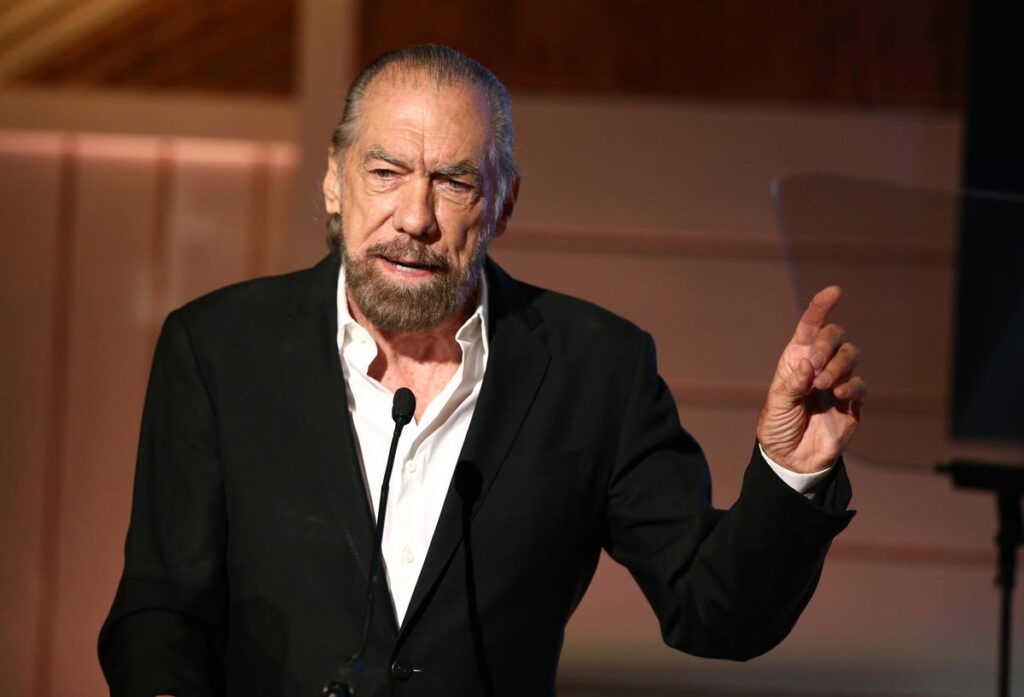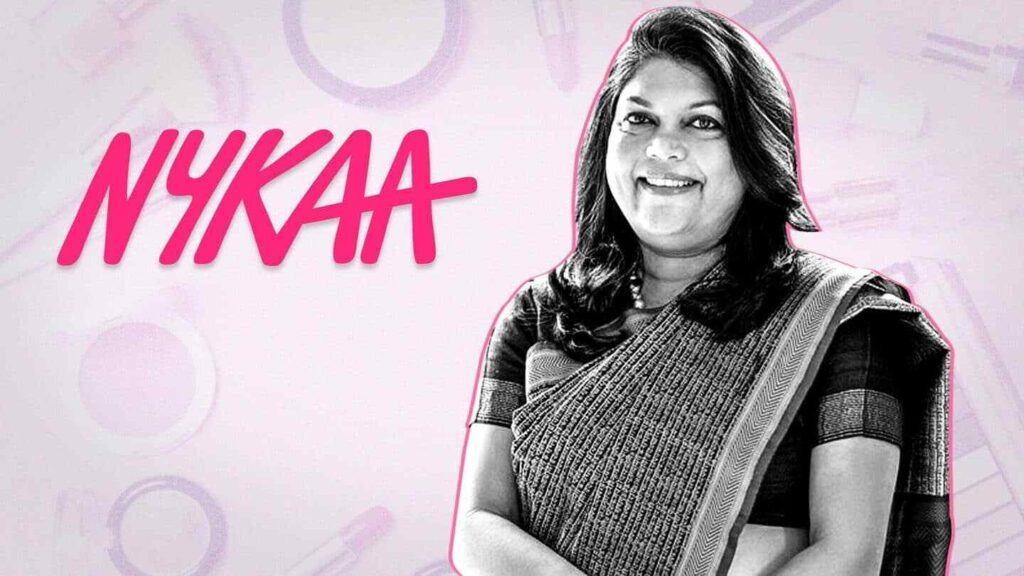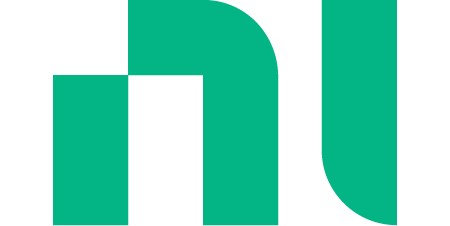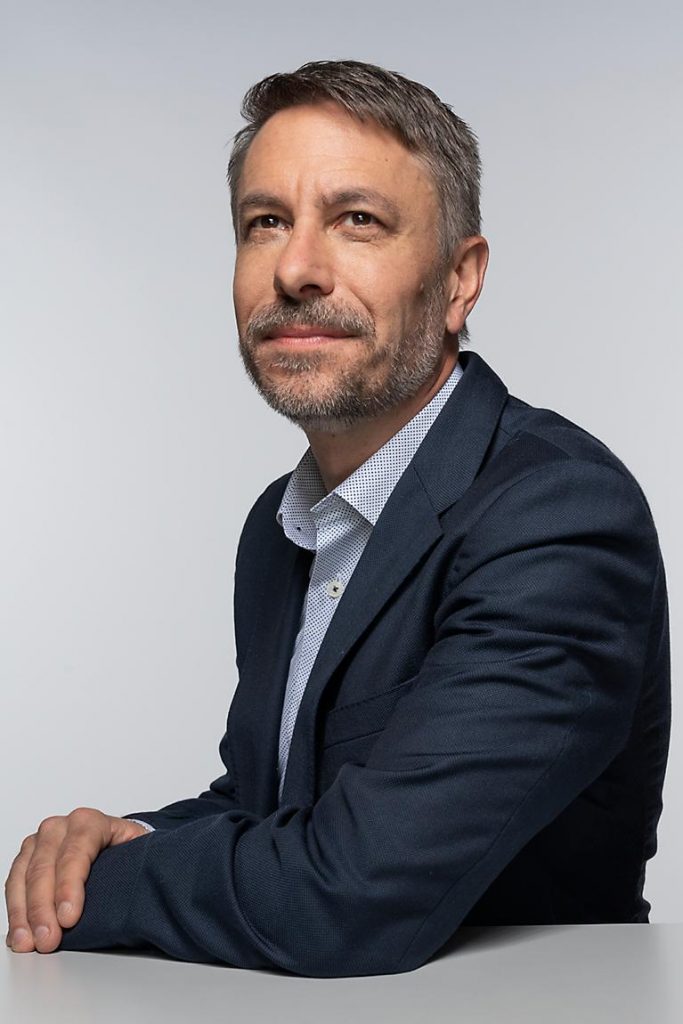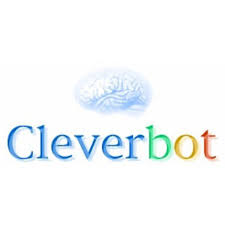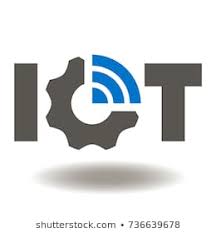Journey of Kevin Plank from being Broke to Billionaire
Kevin Plank is a millionaire businessman and philanthropist from the United States. He is the founder of Under Armour, a company that manufactures sportswear, accessories, and footwear. Plank also serves as the company’s executive chairman. In 2021, his net worth was projected to be US$1.8 billion.
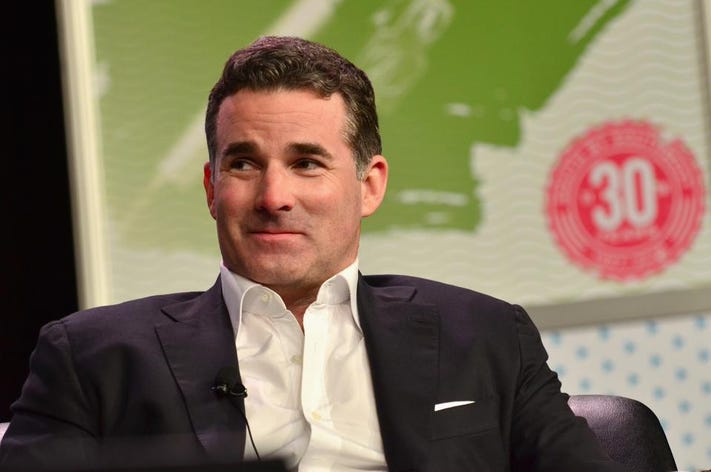
Early Life
Kevin Plank was born and brought up in Kensington, Maryland. His father was a real estate developer and his mother was the mayor. Plank developed an interest in sports at a very young age while playing football with the Maplewood Maple Leafs. He attended St. John’s College for his high school education before enrolling in the University of Maryland, where he studied business administration and graduated with a BA and an MA.
Kevin Plank was entrepreneurial by nature. Even before starting Under Armour, he started several businesses while still being a university student. He launched many small firms and later utilized the profits to finance his big sportswear endeavor. One of them, Cupid’s Valentine, brought in roughly $17,000 on Valentine’s Day.
Success Story
An unexpected desire of Plank led to the idea for Under Armour. Plank was the most sweaty player on the football field and was searching for an option that’d keep him dry and comfortable as he played—something his sweaty cotton shirts couldn’t. He, therefore, started looking for a suitable material that would allow sweat to escape the body and help the player feel faster and lighter. Plank noticed that compression shorts remained dry during practice.
Hence, he decided to make clothes that vent away moisture using the same material. Before he discovered the ideal match, he evaluated at least seven prototypes. He invited his old teammates to test his method after explaining to them the way his T-shirt would substantially aid and boost their performance on the soccer field.
Additionally, Kevin Plank sent the T-shirts by mail to his pals, asking them to distribute them to the other teammates in the dressing room. As a result, Plank’s T-shirts began to gain popularity. He founded Under Armour in the basement of his grandmother’s home. For about $17,000, he made his first sale to Georgia Tech of his product. Soon thereafter, 20 NFL teams made purchases from him as well.
After his second year, he made sales of $100,000. The product eventually became more well-known, and renowned teams and stores began selling them. Under Armour’s first funding came from Planks’ own savings and debt. While still in college, Plank had earned about $20,000 from selling t-shirts at concerts.
Late in 1999, Plank spent almost all of Under Armour’s funds so that the business could purchase a $25,000 ad in ESPN The Magazine. The company’s staff also agreed to forgo their salary for a few weeks for this purpose. This proved to be a turning point for the business.
Athletes and teams started buying the product as a result of this advertisement, which generated over $1 million in direct purchases for the subsequent year. In 2010, Plank’s business achieved $1 billion in yearly revenue for the very first time. He attained billionaire status in 2011 when his estimated net worth hit $1.05 billion.
Other Ventures
In 2015, Urban Armour paid over $475 million to acquire two important fitness programs, Endomondo and MyFitnessPall. This was to build a global digital healthcare system to compete with Apple, Fitbit, and Google. In 2014, Plank also donated $25 million to the University of Maryland to promote sports and academics.
Despite the initial setback, Plank managed to build a billion-dollar business. He credits his network of family, friends, and coworkers for this. Plank’s success story gives confidence to business owners who feel trapped after experiencing initial setbacks in their companies.

I am a law graduate from NLU Lucknow. I have a flair for creative writing and hence in my free time work as a freelance content writer.
